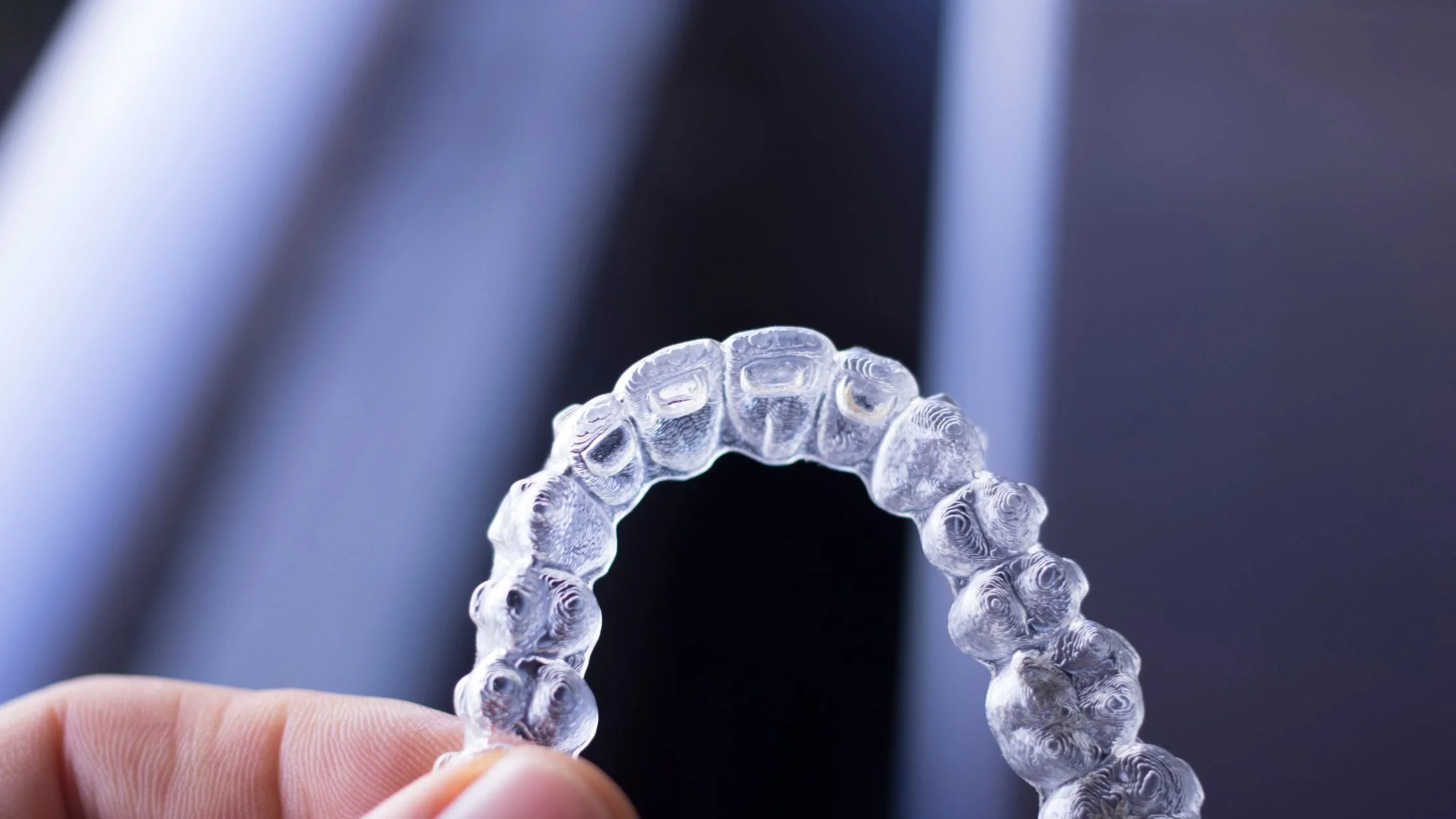Invisalign is a popular orthodontic treatment for straightening teeth without the hassle of metal braces. With its nearly invisible appearance and removable trays, many patients see Invisalign as the perfect solution for a better smile. But is Invisalign truly the best option for everyone?
While it has many benefits, there are some potential drawbacks to consider before committing to treatment. In this article, we’ll explore what the negatives of Invisalign are, who may struggle with the aligners, and how to determine if this treatment is right for you.
Are There Any Downsides to Invisalign?
Although Invisalign is an effective and convenient option, here are some potential challenges to keep in mind:
1. Requires Discipline and Commitment
Unlike traditional braces, Invisalign aligners are removable—but that means you have to be responsible for wearing them. Aligners must be worn 22 hours a day to work effectively. Forgetting to wear them or leaving them out for long periods can slow your progress and extend treatment time.
2. Not Ideal for Severe Cases
While Invisalign can fix many orthodontic issues, complex cases involving severe misalignment, large gaps, or bite problems may require traditional braces or additional orthodontic treatments like expanders.
3. Can Cause Temporary Discomfort
Like all orthodontic treatments, Invisalign may cause mild soreness or pressure as your teeth shift. This discomfort is usually temporary and happens when switching to a new set of aligners.
4. Requires Removing Aligners When Eating or Drinking
One major convenience of Invisalign is that you can remove the trays to eat—but this also means you’ll need to take them out every time you eat or drink anything other than water. Plus, you’ll need to brush and rinse your teeth before putting them back in to prevent staining and bacteria buildup.
Click the button above and let’s discuss whether Invisalign is the right choice for your smile.
Common Questions About Invisalign
Is Invisalign worth it?
For many patients, yes! Invisalign is an excellent choice for those looking for a discreet, comfortable, and effective way to straighten their teeth. However, it requires responsibility and may not be the best fit for everyone.
How long does Invisalign take compared to braces?
Invisalign treatment typically lasts 12-18 months, but the duration varies depending on the complexity of the case and patient compliance. Braces can sometimes take longer, averaging 18-24 months.
Can I drink coffee with Invisalign?
You should remove your aligners before drinking coffee to prevent staining and warping. Always brush before reinserting them to maintain oral hygiene.
While Invisalign offers many advantages, it’s important to understand the potential challenges before beginning treatment. If you’re committed to wearing your aligners as directed and maintaining proper oral hygiene, Invisalign can be a fantastic option for achieving a straight, confident smile.
Still unsure if Invisalign is right for you? Book a free consultation today! Our expert orthodontists at Beecroft Orthodontics in Fredericksburg and Stafford will help you find the best treatment plan for your unique smile.






